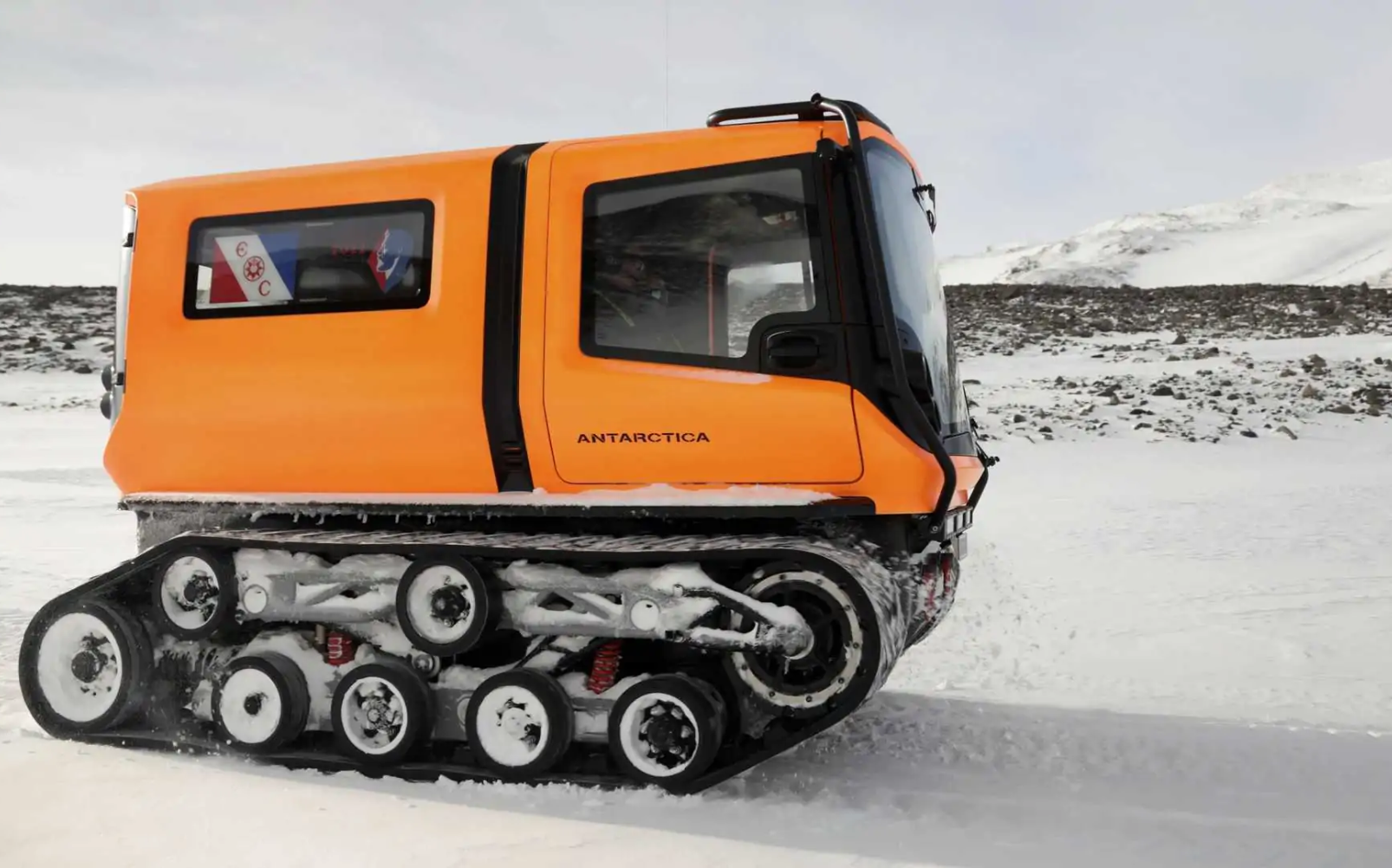Update: Venturi Antarctica EV Upgraded to Tackle Changing Conditions at Princess Elisabeth Station
Since its deployment at Belgium’s Princess Elisabeth Antarctica Research Station in 2021, the Venturi Antarctica has undergone key upgrades to maintain performance amid climate variability, reinforcing the station’s zero-emission operations.

Since its deployment at Belgium’s Princess Elisabeth Antarctica Research Station in 2021, the Venturi Antarctica has undergone key upgrades to maintain performance amid climate variability, reinforcing the station’s zero-emission operations.
Deployed in December 2021, the Venturi Antarctica has enabled scientists at the Princess Elisabeth Station to conduct field missions while relying solely on renewable energy from wind and solar sources. With a seating capacity for up to six people and a 52.6 kWh battery providing a 50 km range, the tracked electric vehicle was initially optimized for temperatures as low as -58°F (-50°C). However, rising Antarctic temperatures up to -10°C (14°F) necessitated upgrades in late 2022. Venturi engineers added two air intakes and a ventilation system to prevent overheating of the cabin and power electronics, and redesigned sprockets to reduce vibration from snow accumulation.
Since its deployment, the vehicle has covered approximately 500 km (310 miles), performing essential missions such as maintenance of weather observation stations and the Belgian atmospheric research post. These upgrades ensure that the Venturi Antarctica continues to support sustainable, zero-emission research in one of the world’s harshest and most dynamic climate.
Read the full article on InsideEVs!
Download





















